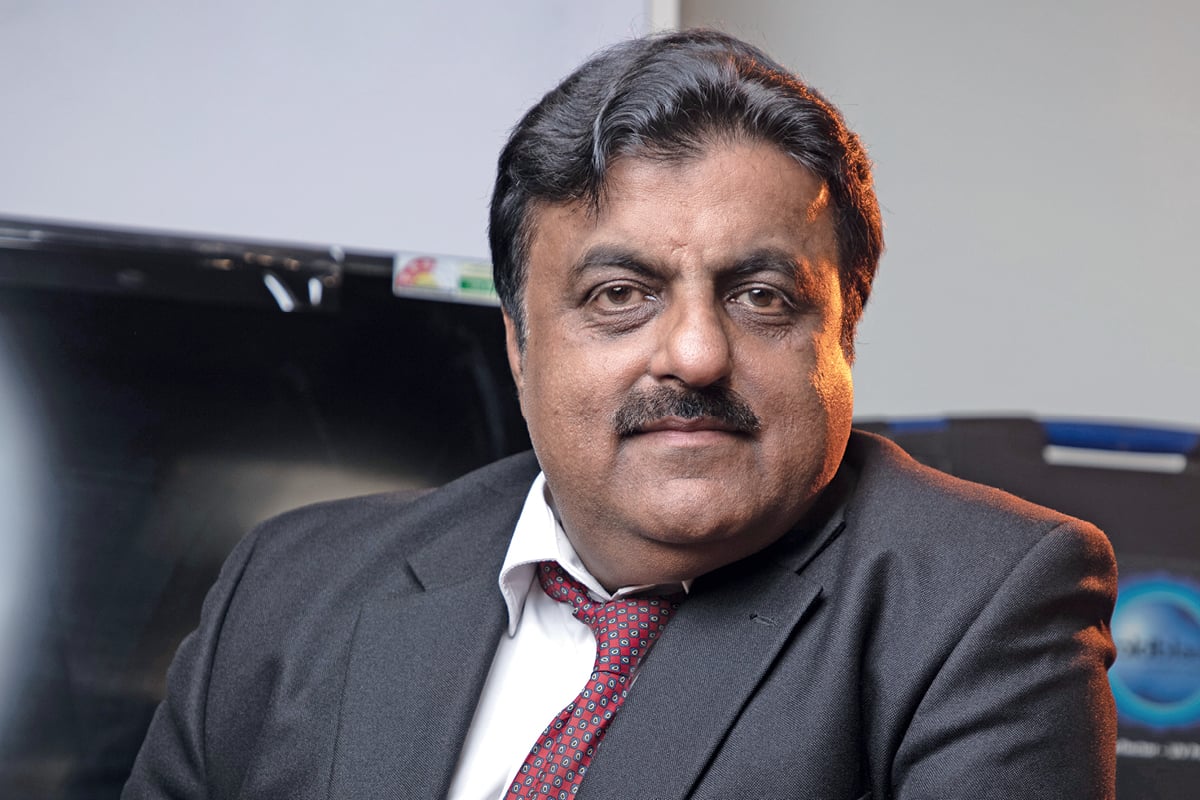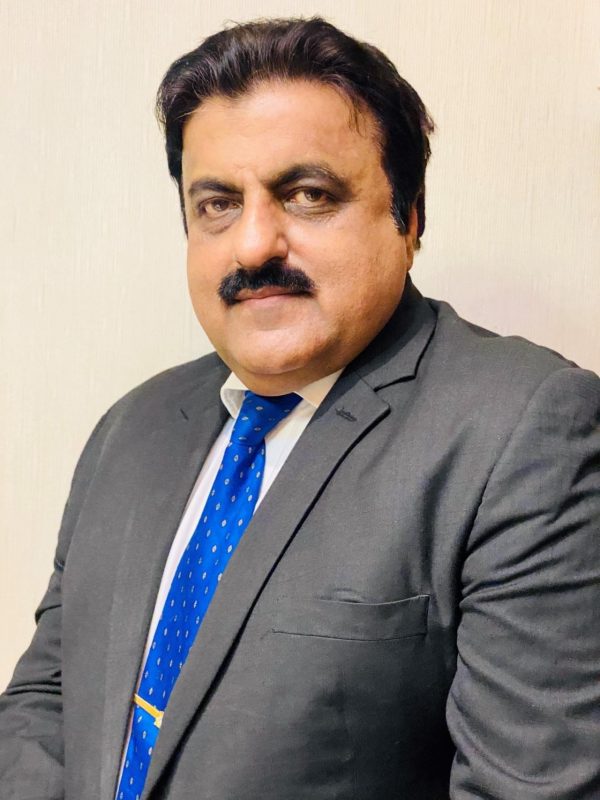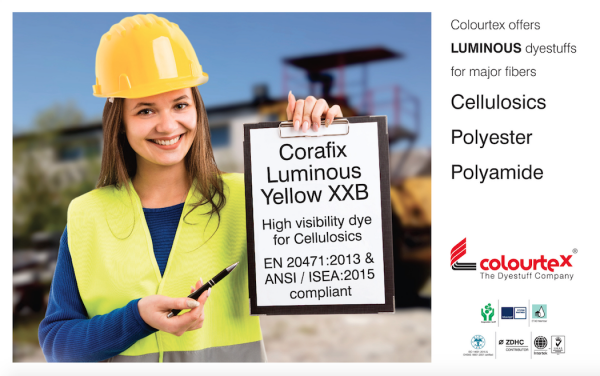Formed in 2013, Archroma India provides dyes and specialty chemicals to the performance textiles, packaging and paper, coatings, adhesives and sealants markets. But there’s one solution the firm is focusing on most – turning the chemical industry into a sustainable one. “We’re the leaders in this area because we create greener chemistries,” Anjani says.

“We’ve taken steps in this process to launch new ideas such as our EarthColors line, made from leaves, nutshells or non-edible by-products from the herbal or agricultural industry; it’s a bio-synthesised dye range adopted by brands such as G-Star, ESPRIT and Ternua. With all our new developments, we look at the entire life cycle of the product and at reducing wastewater loads.”
The company also prides itself on process optimisation. “We don’t just sell products; we sell full-package solutions,” Anjani explains.
“We’re the only company in India with a full chemical range and complete package available, for which we emphasise sustainability and ecological benefits, cost reduction possibilities, along with optimised productivity.”
There’s always learning to be done.
Archroma creates products and processes based on the needs of the consumer. Anjani believes it’s imperative for the company to observe the value chain of the industry. “We’re closely in touch with retailers and buyers, so we know what’s changing,” he assures.
“For example, during COVID-19, there has been a great demand from the medical industry for viral and anti-bacterial protection and repellent barriers. We have these technologies available.”
The company also works closely with its customers. Changes in consumer trends and the machinery sector drive its innovations. The firm educates its customers to produce articles in a more sustainable way, which results in products that are safer to wear or to use. “We align our products and focus on these changes,” Anjani says.
“We have innovation cells in every part of the world, collecting information from customers and employees. Coming from a chemistry background, we work hard to help our customers make the consumer goods and products more sustainable.”

Archroma also liaises with several external institutes that work on innovation. Ajani explains, “We like to use an open innovation platform. That means if something has already been developed and it’s appropriate, we will look at those technologies and try to work with them.”
Archroma’s culture is developed around action, accountability, performance and customer focus. Other co-pillars of culture within the organisation include teamwork, speed, simplicity and safety.
“Our managers always keep an eye out for improvements and where any problems lie,” Anjani says. “Our focus on safety and compliance is critical everywhere in the company. We don’t compromise on safety. It’s the first thing we discuss in all our meetings. If anything has gone wrong, we report it, brief the employees and implement the lessons learned everywhere else.”
The teamwork and company culture motivate Anjani and his team through challenges they may face. “It helps because we can be confident in our people,” he says.
The team must navigate factors such as distribution and partners through vendors and stakeholders, who must be taken care of. The development of Archroma’s external image has been challenging too; the company name has changed three times.
“It has gone through a transition, when it was created from the textile, paper and emulsion business of Clariant in 2013, and we have had to come back as Archroma with the same strength the brand had carried in the past,” Anjani says.
“When we make big decisions to help move the Archroma brand forward, looking at it from a cultural angle is critical. There is always learning to be done.” The reach of dyes and specialty chemicals seems to have no limit, and the company’s next focus is home textiles, including towels, bed linen, interiors and sportswear.
Teaming up
Anjani says the most important things required to build a team are culture, setting priorities and focusing on the result. “A good culture is essential, and you must focus on working with people’s differences,” he explains. “Your priorities must be clear so the proper actions follow, and then you focus on the result and set your path accordingly.”
“These areas are important for us to work on,” Anjani says. “The way to create these has transitioned to digital textile printing. We came up with a concept called Inkpresso, which allows the customer to manufacture their inks through an Ink Formulation Unit (IFU), where each colour is mixed in separate units exclusively from Archroma’s dyes and compounds.”
The company is also navigating and supporting COVID-19 and health-related issues around hygiene. It’s looking at improving practices and treatments for the workers’ masks and coveralls, and around the textiles.
“This is changing now, and the industry’s perception of hygiene is catching up,” Anjani says. “We’ll continue to observe this market shift and we will certainly update our production accordingly. There’s also been a shift in the political situation in terms of where people will buy, where the production will take place and also lead-time reductions,” he continues.
“For example, we might need to consolidate things and there might be changes in sourcing from different regions, where people will prefer less travel.” What is certain, though, is that Archroma India has passed the sustainability test with flying colours.
Proudly supported by:



